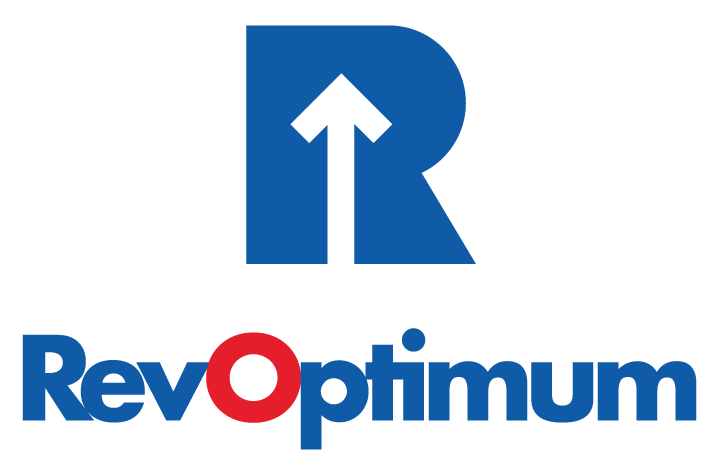It’s an age-old debate: Should your hotel revenue strategy focus on rate or occupancy? Hotel owners and general managers have long argued about if it’s better to focus on reaching more visitors or on bringing in more revenue from visitors they’re already attracting.
Make no mistake, these two hotel revenue strategies can bring in dramatically different results.
What many hoteliers don’t realize is that there’s a perfect formula weaved into the rate versus occupancy debate that can catapult your hotel’s revenue increase. In this article, we dig into the debate and highlight the strategy hoteliers need to increase revenue.
What is average daily rate, and why should you focus on it?
When hoteliers focus on rate, they tend to measure average daily rate (ADR). This is a hotel KPI that monitors the average cost of a daily stay at your hotel.
By strategically adjusting your average daily rate to your guests’ circumstances, preferences, and the season, it’s possible to bring in more revenue without changing your room offerings. For instance, if your hotel is consistently selling out during the busy season, and your guests are happy to pay more, raising rates during that time period could lift hotel revenue quickly.
Although this strategy can be beneficial to all hoteliers, as a whole, focusing on ADR tends to be especially effective in two particular situations:
1. Maximizing Room Value
It only makes sense that you should be getting the most value out of your rooms. Of course, at some point, if you raise rates beyond the price your guests are willing to pay, you’ll lose business. Digging into your ADR figures can help you find that sweet spot where you’re driving more revenue among your current visitor demographic.
2. Managing Seasonality
It’s common for hoteliers to set rates and keep them consistent throughout the year. However, analyzing your hotel’s ADR and setting an ADR strategy based on seasonality can help you boost profit during high seasons and carry that overflow of cash into the off-season.
What are the limitations of focusing on ADR?
Unfortunately, ADR is a perfect example of why hoteliers need to use a full scope of their hotel’s metrics when they set up a revenue strategy. Despite being valuable when paired with other metrics, ADR is incomplete on its own. Here’s why:
- It doesn’t address occupancy lulls: If your hotel’s occupancy is consistently low, you could still be running a flawless ADR strategy and losing money at the same time.
- It overlooks non-room revenue: ADR focuses solely on the revenue you’re targeting from rooms. If ADR is your only priority, you could be missing out on revenue opportunities from non-room services such as conferences or food and beverage services.
- It doesn’t address profit: ADR only tells you the rate at which your revenue is coming in. That means if your operation has high operating costs or general expenses, that revenue increase could be washed out before the hotel sees a dime in profit.
What is occupancy?
Occupancy is a hotel metric that describes how full your hotel is. It’s usually calculated as a percentage and measures how many guests you have compared to the number of total rooms you have available.
Tracking occupancy is especially beneficial for economy hotels and hotels with fixed rates. After all, if your room profit margins are tighter than the competition’s, you’ll need to rely on higher volume.
Occupancy is also beneficial during market downturns because it can provide a tangible break-even point for most hotels. By zooming in on your occupancy levels and pinpointing what your break-even occupancy needs to be in order to make a profit, hotel owners and general managers can set an occupancy baseline. From there, you can drive more revenue without worrying about losing money.
When compared to ADR strategies, hotel occupancy-focused strategies are a bit more complete. That’s because driving higher occupancy can encourage guests to spend on auxiliary services beyond the room such as golf resorts, spas, and food and beverage services.
What are the limitations of focusing on occupancy?
Despite being a useful tool to inform your broader revenue strategy, occupancy doesn’t tell you everything. For instance, if a hotel owner or general manager focuses solely on hitting occupancy numbers, they may be missing out on revenue surges during high seasons or events. At the same time, you may have rooms or features at your operation that guests are willing to pay more for. In those cases, looking only at occupancy leaves money on the table.
Is ADR or occupancy better for a revenue increase?
When it comes to increasing revenue, is ADR or occupancy better? In reality, it depends on your hotel’s unique strengths and its market. However, the best way to increase revenue is to use both ADR and occupancy as working pieces within a broader hotel revenue strategy. That means you should be using both metrics in tandem along with the full range of hotel data sets.
The bottom line?
Your hotel revenue management team should be hyperfocused on a holistic set of external and internal metrics. In order to drive profit, experts will understand revenue management software and will track figures constantly to spot what’s bringing in more revenue and what opportunities lie in wait.
Excellent hotel revenue management pieces together the whole story.
If you want to bring in more revenue, it takes a hotel revenue management team that pieces the whole story together. That means taking a holistic approach to setting occupancy strategies and determining ADR.
No matter what the metric, focusing on a single hotel KPI leaves blind spots in the hotelier’s perspective. That’s why it’s important to use operational metrics such as gross operating profit per available room (GOPPAR) to benchmark profit. At the same time, hoteliers need to view all metrics in context.
For instance, if tweaking your ADR is lifting GOPPAR, you may want to replicate those moves. If revenue is burning up on the way to your hotel’s bottom line, you may want to focus on streamlining technology or fixing operational inefficiencies before enhancing occupancy or ADR.
Start crafting a revenue strategy that fits your hotel.
Need to unlock more revenue? It takes a revenue strategy that’s tailored to your hotel’s internal metrics, competition, market, and needs. Our remote revenue management team is made up of pros that personalize a revenue strategy to your hotel.
RevOptimum is known as the pioneer in hotel revenue management. In fact, we’ve managed more than $2 billion in hotel revenue and increased hotel clients’ revenue by up to 50 percent.
Ready to start increasing your hotel’s revenue and profit? Talk with one of our revenue management experts or download our checklist, “What to Expect When Working with RevOptimum.”
About the Author

Scott Frothingham
Scott Frothingham is the Founder and CEO of RevOptimum, which focuses on Hotel Revenue Management and Revenue Growth distressed Hotel Businesses. Scott is a pioneer of hotel revenue management and has increased more than $2Billion USD in hotel revenue.




